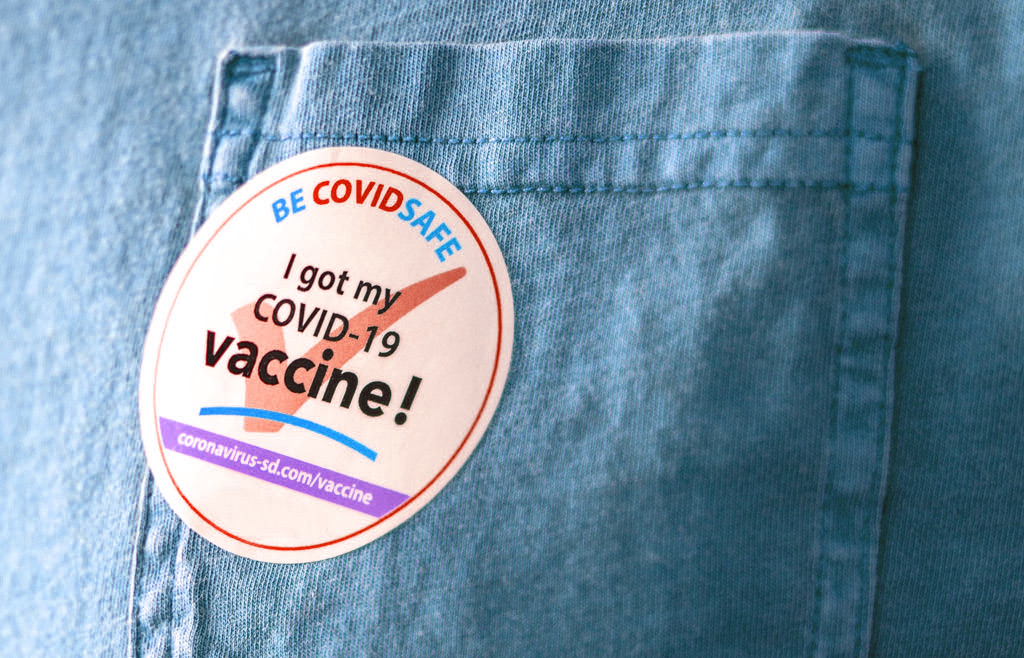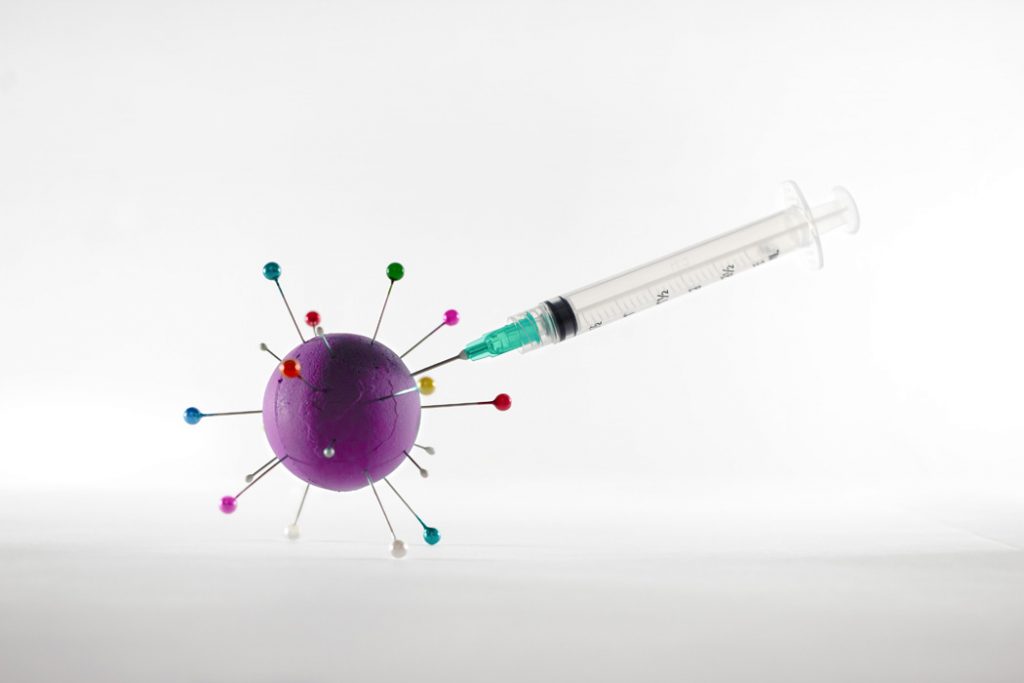
It’s been such a relief to be fully vaccinated, thanks to the Moderna vaccine. And your tech columnist is delighted for another reason: this vaccine was created in an entirely new way, thanks in part to the wonders of gene-sequencing technology.
You’re probably familiar with how vaccines were typically created in the past: take the offending virus and weaken or inactivate it so it doesn’t overwhelm your cellular machinery, but is still similar enough to the original that it primes your immune system to begin producing antibodies. Test that new agent, and if it works and is safe, then manufacture it for injection.
If you’ve been vaccinated and get infected with the real thing, your immune system is ready for battle and extinguishes the virus before it can take hold.

But that process of making viruses is laborious, taking two to five years or more. And pandemics don’t wait.
The Moderna and Pfizer vaccines are different. Thanks to Kati Kariko, a native of Hungary who has spent the past 35 years pursuing a vision of how to use the body’s own machinery to create a vaccine, these new vaccines were designed in two days.
Her idea was to inject some genetic code, called messenger RNA (or mRNA), and then have the person’s own body produce a spike protein that emulates the offending pathogen. (You likely know that your body uses mRNA—which is similar to the DNA molecule but with a single strand—to make your body’s proteins.)
A pharmacy doctor injected the Moderna vaccine into my arm, and then my cells used the mRNA code to create proteins similar to the spike proteins found on the surface of the coronavirus. My body thereby got ready to wage war should it be invaded by SARS-CoV-2.
An immense relief.
Dr. Kariko thinks this use of mRNA could be used for many additional purposes, such as prompting the body to make insulin or other hormones, or a diabetes drug—perhaps even a cancer vaccine.
I like thinking of DNA and RNA as nature’s software program, continually coding the substance of our bodies.
But there’s another facet of the story that also excites me: the gene-sequencing technology that enabled these mRNA vaccines to be designed so quickly.
A virus is simply free-floating RNA or DNA. It’s not alive, and it can’t replicate on its own. It’s like rogue genetic code that, if you’re exposed, happens to be able to hijack your cellular machinery and wreak havoc.
Gene sequencing is simply the application of various technologies to directly read RNA or DNA code, that is, the specific molecules (called nucleotides) that constitute the RNA and DNA. In January of last year, a Chinese scientist sequenced the genome of the novel virus that was spreading in Wuhan. Then he simply posted it on virological.org.
Moderna and Pfizer didn’t even need to go through the step of studying the virus. Instead, they treated it like a software problem, with the sequenced code giving the information needed to design an mRNA vaccine.
The first gene sequencing was achieved in the 1970s, and 1987 marked the first time a virus was sequenced—some 172,000 nucleotides. The early methods were laborious, but machines were gradually developed to speed the process. In 1995 the first living organism was sequenced: a bacterium with 1,830,137 nucleotides.
The first human genome sequence was completed in 2001, containing 3 billion nucleotide pairs—a project that cost about $300 million.
Today, sequencing has been estimated to be 10 million times cheaper and 100,000 times higher quality than even a few years ago. You can now get your whole genome sequenced for as little as $300 by Nebular Genomics (Nebular.org).
Or you can pay $100 and submit a saliva sample to a DNA analysis company such as 23andMe (23andMe.com) to have them analyze your genome. Instead of the whole genome, they look for specific variants that can give you insights into your health and help you find lost relatives and learn more about your ancestral origins.
Perhaps the coolest application of sequencing has been to analyze bits of DNA found in fossils of ancient humans to determine how closely related we are to these forebears.
They’ve even been able to show that our Sapiens ancestors did the hanky-panky with Neanderthals. In fact, 23andMe found that I have more Neanderthal genes than 95 percent of their millions of customers. Neanderthal genes constitute about 2 percent of my genome. I always knew I was special.
The Moderna and Pfizer vaccines have been shown to be extremely effective. And they’re safe: the mRNA breaks down after it’s used by a cell. Long-term safety is unknown at this point, since mRNA vaccines are so new.
But I’m not worried. I’m just glad to be better protected thanks to amazing new technology.
Find column archives at JimKarpen.com.
